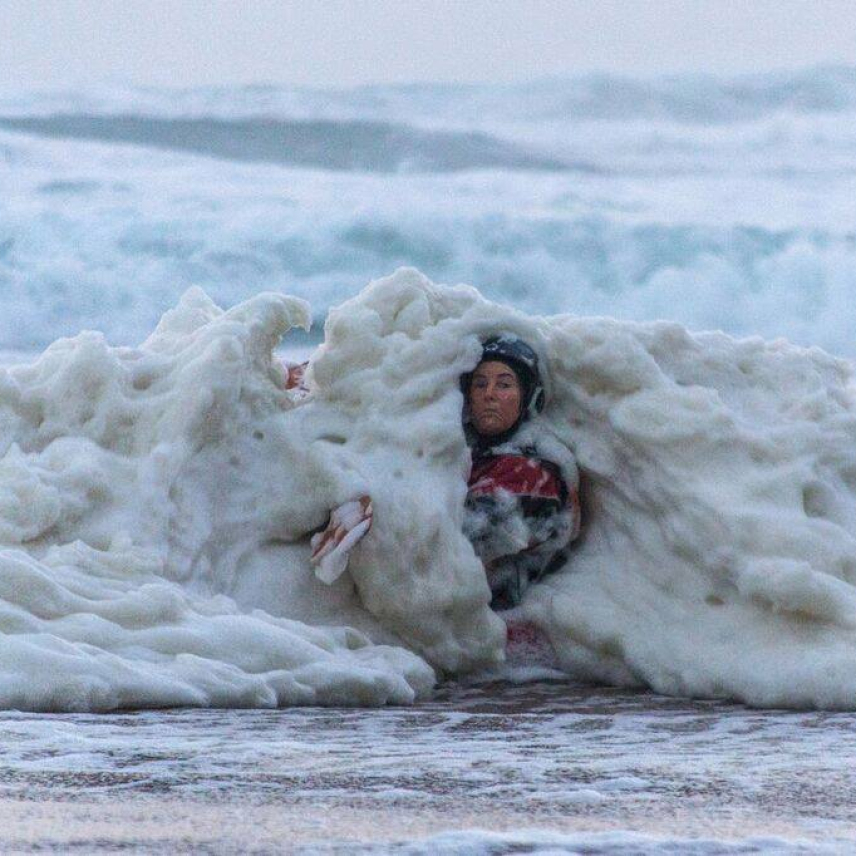In this hands-on activity, shake up some frothy milk to model what happens when sea foam forms.
If you’ve ever walked along the beach on a windy day, you’ve probably felt foam squishing between your toes along with the sand. That sea foam actually forms in a very similar way to the milk foam in your favorite winter latte! In both cases, proteins, fats, air, and water are the main ingredients that cause foam to form.

In this easy activity, you will shake warm milk until it gets foamy with the opportunity to test how different variables affect the amount of foam that forms and how long it lasts. Along the way, you will learn about the chemistry, physics, and biology behind how sea foam forms.
Audience: K-12, families
Time: 10 min
Subject: Physical science
NGSS DCI: PS1: Matter and Its Interactions, PS2: Motion and Stability: Forces and Interactions, ESS2: Earth’s Systems
Keywords: molecules, fats, lipids, proteins, sea foam
EDUCATION CONNECTION
Chemistry: Explore polarity
Foam provides a perfect entry point for understanding atoms, the basic unit of chemistry, and molecules, or sets of atoms bonded together.
Biology: The source of the molecules
The lipids and proteins in sea foam have a biological origin, as they come from dead and decaying sea life. An increase in organic materials will result in more surfactants, and more potential for sea foam.
Physics: Movement of water and air
Physics also plays a role in foam formation. Oxygen, introduced in the water through wind and waves, is trapped, forming bubbles.

